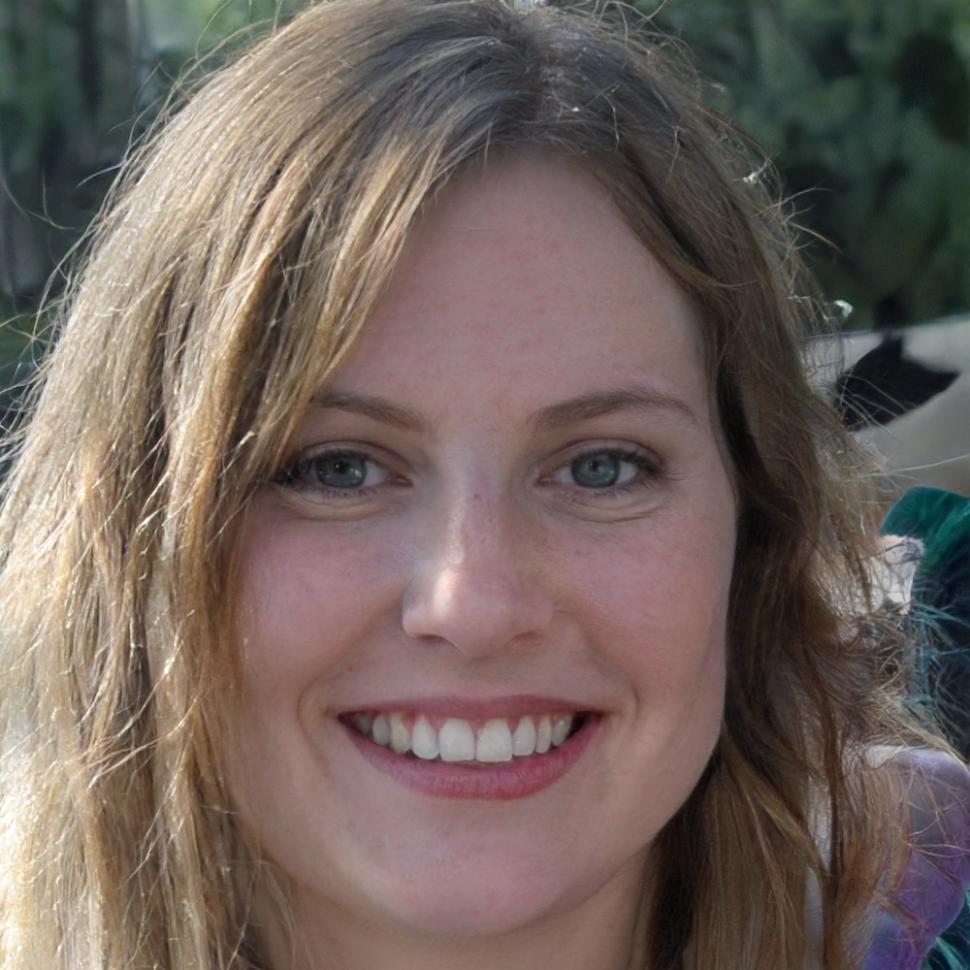We started with a question nobody seemed to answer properly
Back in early 2023, I was sitting in a Geelong café with Marta, my business partner, and we were both frustrated. She'd spent weeks trying to figure out bond yields for her portfolio. I'd been helping mates understand why their term deposits weren't keeping up with inflation. And it hit us—there wasn't anywhere that actually explained this stuff in plain English.
Most courses either assumed you already knew everything or dumbed it down so much you learned nothing practical. We wanted something different. Something that treated people like adults but didn't require a finance degree to understand.


How we actually teach this stuff
Our approach came from what we wished existed when we were learning. Start with a real situation—like comparing two investment options—then work backwards through the concepts you need.
Instead of memorizing formulas first, you see why they matter. When you're trying to decide if a corporate bond is worth the risk premium, suddenly learning about credit spreads makes sense. It's not abstract anymore.
We built our courses around case studies from Australian markets. Real ASX-listed bonds, actual RBA rate decisions, companies people recognize. This isn't theoretical finance from American textbooks—it's what you'll actually encounter here.
Our September 2025 cohort will work through the 2024 interest rate environment—analyzing how bond prices moved when the RBA held rates steady while markets expected cuts. That's the kind of recent, relevant context that sticks.
Three things that make us different
We didn't set out to revolutionize finance education. We just wanted to fix the problems we kept seeing in how it was taught.
Context before concepts
You learn duration because you're trying to understand interest rate risk on a real bond. You learn yield curves because you're comparing government bonds across different maturities. The math follows the question, not the other way around.
Australian market focus
We use ASX data, Australian corporate bonds, and local interest rate environments. When you finish, you'll understand the markets you can actually access—not hypothetical Wall Street scenarios from outdated textbooks.
Realistic timeframes
Our core program runs over eight months because that's how long it takes to properly understand this material. We're not selling weekend crash courses. Building genuine analytical skills takes time and consistent practice with guided feedback.

Who's actually teaching you
Marta and I come from different backgrounds, which turned out to be helpful. She spent seven years as a fixed income analyst at a Melbourne fund manager. I worked in financial planning before moving into education and curriculum design.
What we share is that we both got tired of seeing people struggle with concepts that weren't actually that complicated once explained properly. And we both believe most adults learn better when they understand why something matters before diving into how it works.
We're not trying to turn everyone into professional bond traders. Most of our students just want to understand their investment options better, or they're moving into roles where they need to grasp financial analysis fundamentals. That's exactly who we designed this for.

Marta Chen
Lead Instructor

Rebecca Townsend
Curriculum Director